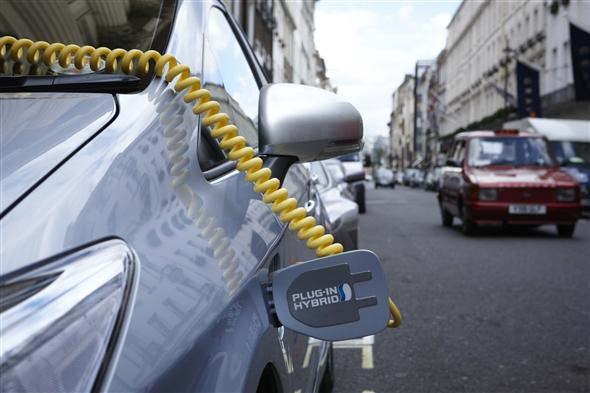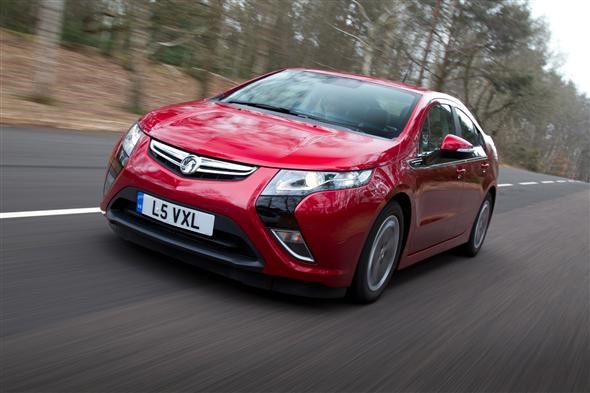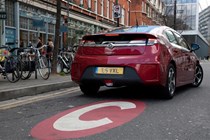The term ‘hybrid car’ gets bandied about a lot but what does it actually mean? This short guide aims to clear up exactly what a hybrid car is, the different types that are on the market and if they make a sensible choice for new car buyers.
What is a hybrid?
The clue is in the name. Hybrids use two forms of power: usually an electric motor and a conventional combustion engine fuelled by petrol or diesel. Toyota’s Prius is one of the earliest and most well-known examples.
In so-called full hybrids, it’s possible to drive the car under electric power alone, at low speeds in town for example, meaning zero local emissions. When the speed climbs above a certain level or the motor begins to run out of energy, the car automatically switches to the conventional engine to power the wheels and charge the batteries.
At higher speeds the engine will do most or all of the work, meaning hybrids are at their best in urban settings.
Often the electric motor is used to supplement the engine, for improved acceleration. Hybrid vehicles also make use of regenerative braking, where the electric motor helps to slow the car down in addition to the brakes and helps to charge the batteries as it does so.

What are the different types of hybrid vehicles?
Conventional hybrid vehicles are those described above. Examples range from the aforementioned Prius through large saloons like the Mercedes E-Class BlueTec and Infiniti M35h to small-ish hatchbacks such as the Lexus CT200h and Toyota Auris Hybrid.
To complicate matters, there are a couple of other main types of hybrids: plug-ins and range extenders.
Plug-in hybrids, as the name suggests, can be charged via the mains before driving. This means that the engine shoulders less of the charging burden and it’s possible to make greater use of the car’s electric-only mode from the off.
Examples include the Toyota Prius Plug-in and the Volvo V60 estate Plug-in Hybrid Electric Vehicle (PHEV). A cable is used to charge the car from a three-pin electric socket. The Volvo, for example, takes around five hours from a 16A supply.
.jpg)
Range-extender hybrids are a little different. They still combine an electric motor with a combustion engine but the engine is there to charge the batteries, not drive the car’s wheels. As with other hybrids, the car is able to travel certain distances at certain speeds on pure electric power before the engine kicks in to supplement the batteries. Examples on sale in the UK include the Vauxhall Ampera and Chevrolet Volt.
Should I buy one?
Maybe. There are certainly benefits to be had from a VED band perspective. The less CO2 your car emits, the less road tax you’ll pay and hybrids generally benefit from attractively low figures. The Chevrolet Volt, for example, is rated at just 27g/km of CO2.
At present, any car emitting less than 100g/km will qualify for the lowest VED band, meaning zero road tax cost.
Fuel economy figures are also pretty eye-catching for many hybrids. The petrol-electric Lexus CT200h S hatchback, for example, has a claimed average fuel consumption of 74mpg but venture onto the motorway regularly and the electric motor won’t have much chance to offset the engine’s petrol usage.
If you work in the middle of London, however, a hybrid could make a great deal of sense. The Congestion Charge policy was recently tightened up so that only vehicles emitting less than 75g/km of CO2 are allowed into the capital for free. That eliminates plenty of cars but some of the most efficient hybrids manage to duck under the limit. Watch out for high purchase prices though; many Hybrids will require running for a number of years for the benefits in their running costs to pay off.






.jpg)


.jpg?quality=50)